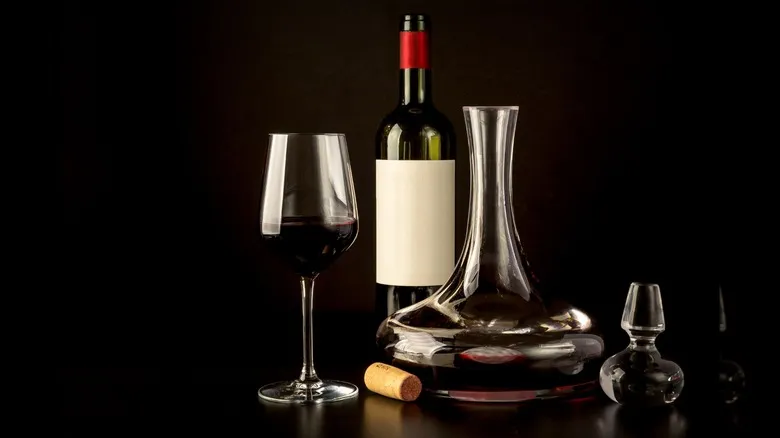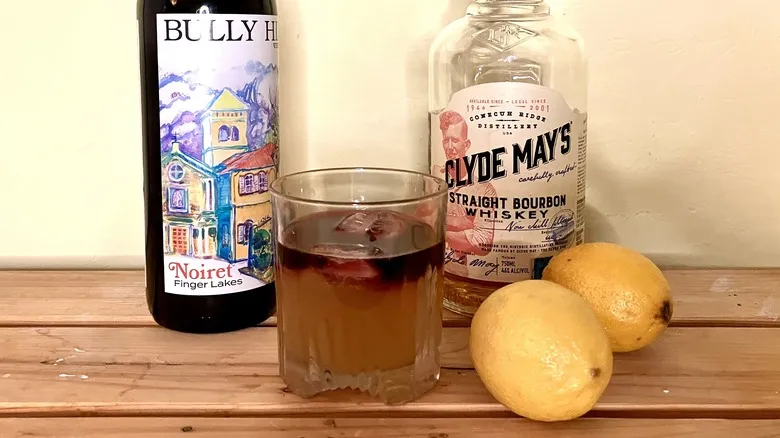Decanters excel in elegance, form, and function

Remember that certain types of wine, such as young, sparkling, white, and rosé, are typically not decanted. The term "young" is important here, as some of these wines may benefit from decanting as they age, but such instances are uncommon. If you're uncertain, simply taste the wine. If it’s flavorful and enjoyable straight from the bottle, there’s no need to decant. If you’re still in doubt, pour half into a decanter and let it sit for 30 minutes, then compare the two versions and choose the one you prefer.
When decanting to remove sediment, it’s best to allow the sediment to settle at the bottom of the bottle before pouring. To ensure that sediment doesn’t escape, pour in front of a candle or light source to monitor its movement. For added precaution, you can place a cheesecloth over the decanter to catch any fine particles.
While aerating and removing sediment from aged wines are the primary reasons for decanting, we must acknowledge another factor: decanters simply look impressive. If you’re serving a group and plan to open two or more bottles, transferring the wine to a large decanter can enhance the table’s elegance while allowing the wine to breathe. A brief aeration is unlikely to harm the wine, so if you appreciate the aesthetic of the decanter, feel free to pour.
Recommended

The Origin Of Beer Cheese Begins In Kentucky

3 Ways To Use Flat Champagne

How To Layer A New York Sour Cocktail

The Perfect Wine To Pair With Potato Chips
Next up





